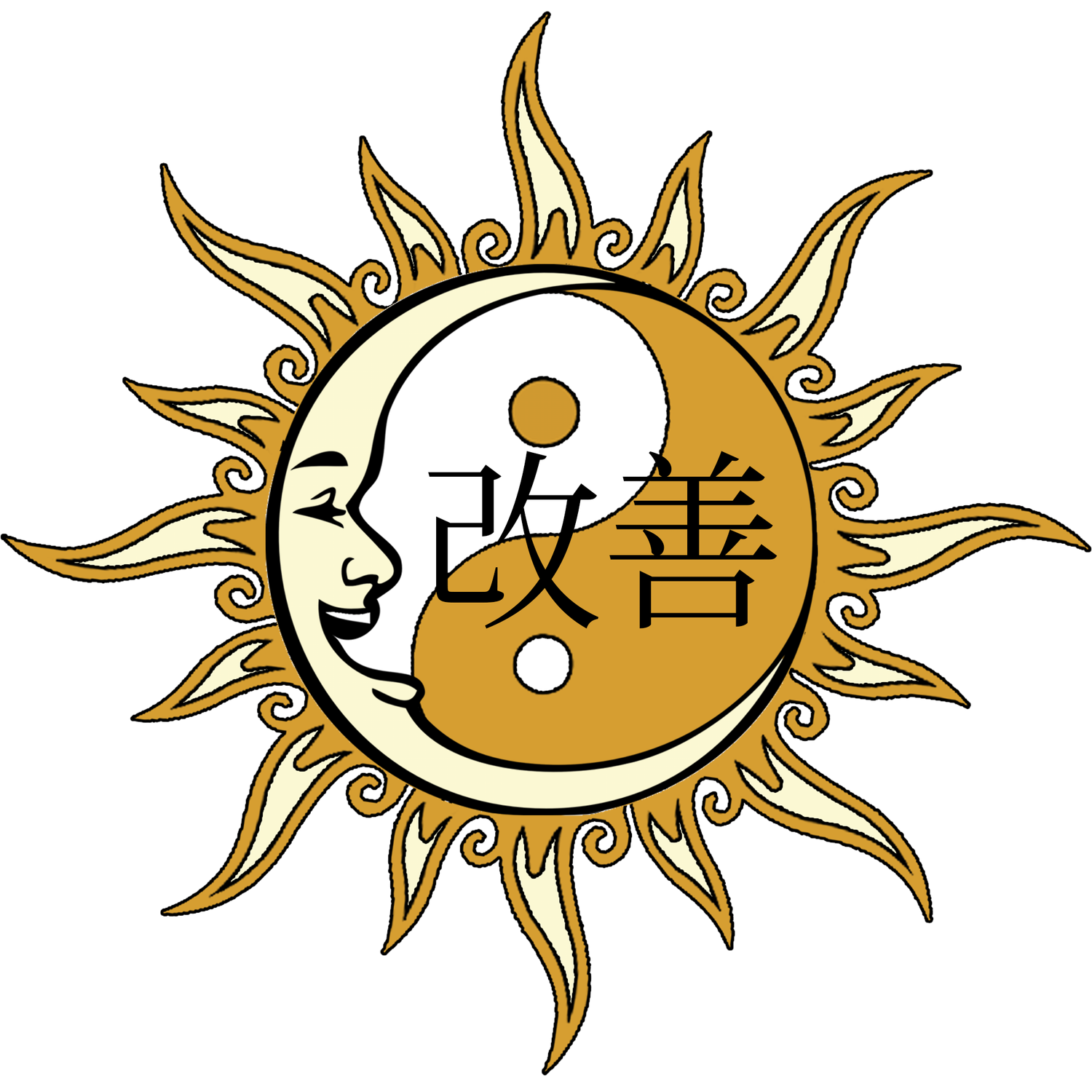
What is “Kaizen”?
Kaizen (改善) is a Japanese word that translates to “change for the better” or “continuous improvement.” It’s both a philosophy and a practice that promotes constant, incremental progress in all aspects of life and work. While it began as a business strategy, Kaizen has become a universal approach to self-development, productivity, and long-term transformation.
At its core, Kaizen teaches that lasting improvement comes not from radical change, but from daily habits, thoughtful reflection, and the willingness to adapt. Whether you're learning a new skill, optimizing your workflow, building better relationships, or growing spiritually, Kaizen encourages you to take small, mindful steps—every single day.
Key Principles
Continuous Improvement
Improvement isn’t a destination—it’s a process. Kaizen encourages you to always look for ways to evolve, refine, or simplify. Whether it's in work or life, there's always a better way to do something—even if it's 1% better than yesterday.Small Changes Add Up
Rather than waiting for the perfect time or conditions for a major overhaul, Kaizen teaches that small, actionable steps create lasting change. A few minutes of daily focus will beat a once-in-a-while effort every time.Employee Involvement (or Personal Ownership)
In organizational settings, everyone—from CEOs to entry-level staff—is empowered to contribute ideas. In personal life, this translates to ownership: you are the CEO of your own improvement, and small insights—like identifying when your energy is best—can lead to major wins.Standardization
When something works—whether it’s a new routine, technique, or habit—Kaizen suggests you capture it, document it, and make it your new norm. Standardization helps maintain consistency and builds a strong foundation for future improvement.Root Cause Analysis
Instead of putting band-aids on recurring problems, Kaizen teaches us to investigate the underlying causes. Tools like the “5 Whys” (asking “why?” five times to find the root) are commonly used in business—but can also be powerful in relationships, emotional triggers, or productivity blocks.
Kaizen in Daily Life
Kaizen isn’t just for factories and businesses—it’s for anyone committed to growth. Here's how it can show up in different areas:
Creativity: Setting aside 10 minutes a day to brainstorm, write, or experiment with art leads to more output and deeper ideas over time.
Fitness: Gradually increasing reps, adjusting form, or improving nutrition habits fosters sustainable health improvements.
Spiritual Growth: Practicing daily prayer, journaling, or scripture reading—even in short doses—creates long-term spiritual depth and clarity.
Mental Health: Checking in with yourself, setting micro-goals, and reducing negative self-talk bit by bit can lead to greater resilience and peace of mind.
Origins
Kaizen emerged in post–World War II Japan during a time of reconstruction and industrial rebirth. Japanese companies, facing limited resources and a competitive global economy, embraced quality control strategies introduced by American experts such as W. Edwards Deming and Joseph M. Juran.
The philosophy truly flourished at Toyota, where it became a key pillar of the Toyota Production System (TPS)—a revolutionary approach that emphasized waste reduction (muda), efficiency, and employee empowerment. Over time, Kaizen proved so effective that it spread globally, reshaping the way organizations approached problem-solving and continuous development.
Today, industries as varied as healthcare, education, software development, athletics, and even households apply Kaizen principles. Its simplicity and flexibility have made it a go-to philosophy for high achievers and mindful individuals alike.
Kaizen as a Lifestyle
Adopting a Kaizen mindset means rejecting perfectionism and embracing progress. It means being gentle with yourself, yet intentional. It’s not about hustle or grind—it's about showing up with purpose and learning something new each day.
In a fast-paced world that celebrates instant results, Kaizen offers a countercultural but highly effective approach: slow, steady, intentional progress wins.

BONUS INFO
The Japanese term for "kaizen" (continuous improvement) is the kanji characters: 改善.
This word is composed of two kanji: "改" (kai), meaning "change," "reform," or "alter", and "善" (zen), meaning "good," "virtue," or "benefit."
When brought together, 改善 (kaizen) literally means “change for the better.”
But kaizen is more than a simple translation—it represents a deeply rooted cultural philosophy. In Japanese society, kaizen reflects a belief in lifelong improvement—the idea that no matter how skilled or successful you become, there’s always room to grow. Improvement isn’t about chasing perfection; it’s about commitment, humility, and daily action.
Rather than striving for quick fixes or dramatic transformations, kaizen teaches us to value small, thoughtful, and consistent steps forward. It’s about refining your craft, adjusting your mindset, and being mindful of how even the smallest change can ripple outward and create lasting impact.
In Japanese businesses, this might look like refining workflows to reduce waste. In personal life, it could be as simple as drinking more water each day, journaling for five minutes, or replacing negative thoughts with positive affirmations.
Across cultures, kaizen has come to symbolize empowered growth—the belief that transformation happens over time, through repetition, resilience, and reflection.
At Kaizen Creations, this philosophy is our foundation.
Every design, every idea, every release is rooted in this principle:
👉 Steady, meaningful progress over time leads to lasting impact.
We don’t rush perfection—we cultivate it.
Whether you're an artist, an entrepreneur, a dreamer, or a doer, our work is here to remind you that growth is a process, and your journey is worth honoring—every step of the way.
So wherever you are on your path, we hope our creations inspire you to keep moving forward.
Not through pressure. Not through urgency. But through the quiet power of intentional, continuous improvement.
